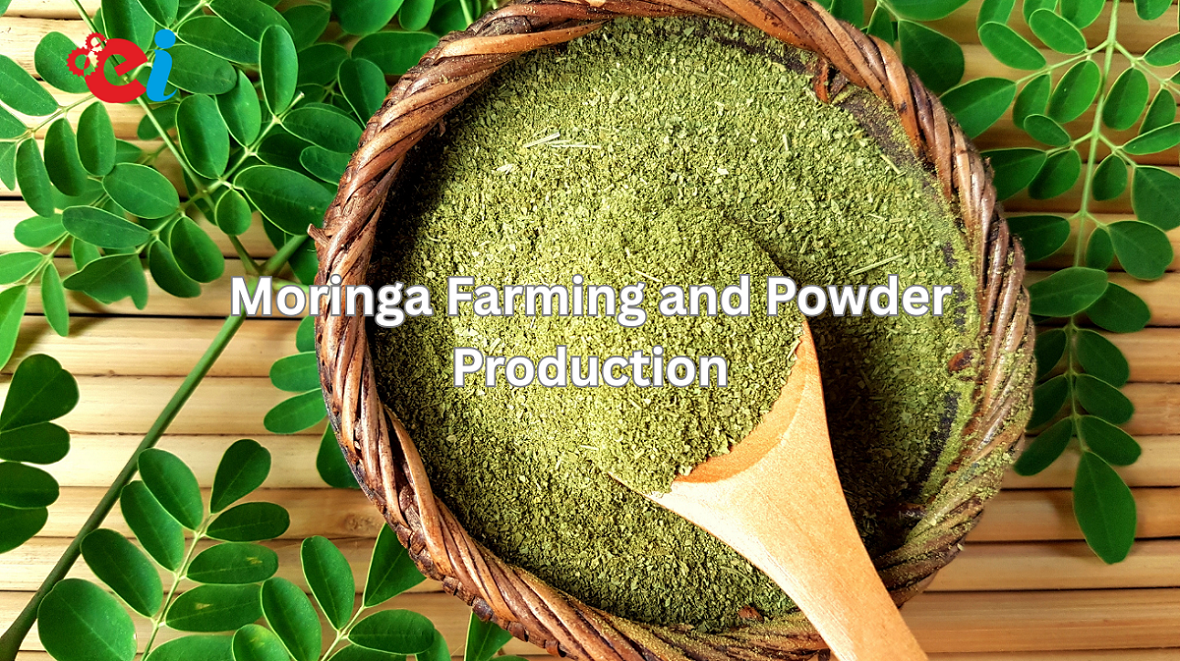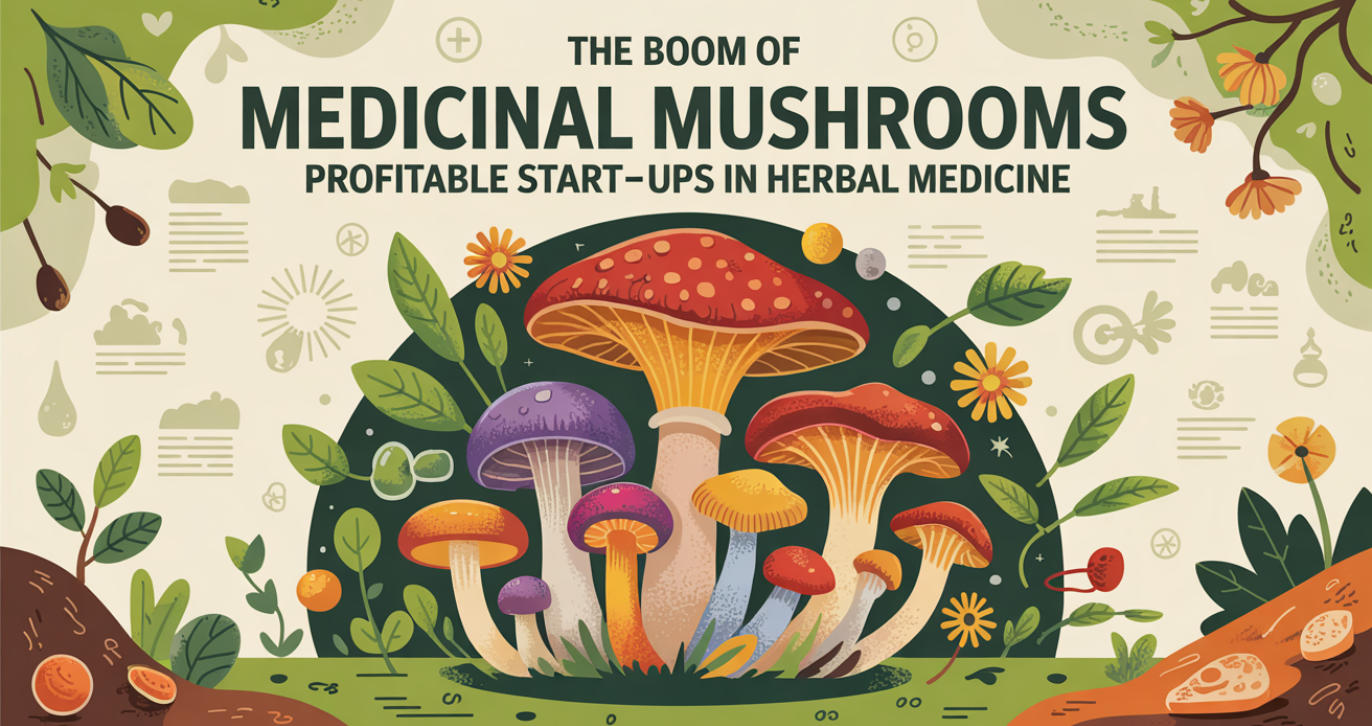Nanotechnology in food constitutes a unique revolution in industrial advancement, including food production and safety. This process may involve the manipulation of a material at a nanometric dimension to achieve an improvement in a particular aspect of food in terms of quality, safety, and nutrition. At this point in history, nanotechnology has assumed an even more important dimension because of the continually transforming forces of the food industry the world over. It will also change the future of the food industry: how food is produced, stored, and consumed.
Understanding Nanotechnology in Food
Nanotechnology in food is the application of nanoscale activities (use of any materials sized from nanometers, i.e., 1 to 100 nm) to food processing and description. Scientifically, by modifying food at the molecular level, enhancement in taste, texture, and shelf life would be possible while positively affirming safety. The basic applications for nanotechnology in food are:
Food Processing: Improvement of flavor, regulating nutrient release, and servicing food structure. Food Safety and Quality Assurance: Improved detection of contaminants and pathogens Food Packaging: Sophisticated packaging prolonging shelf life and spoiling indicators Nutrient Delivery: Bioavailability for important nutrients could be enhanced.
Applications of Nanotechnology in Food
1. Improving the Texture and Flavor of Foods
One could now alter the molecular structure of the food via nanotechnology to form improved texture and taste. Using nanoparticles, some food companies have also promoted emulsification in their food products to give better dispersion of ingredients such as oil and water, thereby bringing about a more consistent and richer-tasting product. Also, by using nano-coating, moisture loss in freshly baked products is reduced, prolonging the sustainability of the commodity without the use of chemical preservatives.
2. Improve Food Safety and Quality Control
Foodborne diseases pose a serious global threat. Pathogens, toxins, and spoilage could all be detected by nanosensors in the food products. Such sensors can be installed in packaging materials, whereby the food can be monitored or even alerted to consumers while making it risk-free from possible dangers. Another recent development concerning food safety is the use of nanoparticles to eliminate surface bacteria on food.
3. Nano-Encapsulation for Nutrient Delivery
Nano-encapsulation is the process of embedding nutrients in tiny carriers that ensure better absorption by the body. Types of such applications include: Anaemia disinfected by nano-iron-fortified beverages. Nonencapsulated vitamins and minerals in functional foods. Energy supplies during the day: slow release. Encapsulation methods are also working towards the goal of increasing stability for probiotics so that they survive longer in the gut and work better for gut health management. People obtain more nutrition from their food without changing the flavor or texture.
4. Reducing Food Waste
Nanotechnology will promote food preservation through a lesser amount of wastage, as the nano-coating spherically applied to the fruits and vegetables will necessarily delay ripening and keep them fresh. At the same time, the smart packaging devices prevent spoilage and contamination.
Advantages of nanotechnology in food
- Improved Food Quality
- Increased Shelf Life
- Enhancement of Nutritional Value
- Food Safety Improvement
- Sustainable Food Production
- Effective Solutions
- Better Consumer Experience
Concerns and Challenges
Nanotechnology has many advantages. However, it raises some food concerns.
- Health and Safety Issues: Long-term consumption effects of the nanoparticles are not yet fully understood.
- Regulatory Challenges: There are no uniform global regulations on nanotechnology in food.
- Consumer Acceptance: A lot of consumers are still concerned about nano-engineered food.
- Environmental Impact: Nanoparticles may pose certain risks to ecosystems.
- Labelling Transparency: People would want to know some of the clearer indications on nano-engineered food.
Regulatory activity is in place by institutions such as the FDA and EFSA to establish clear guidelines on these issues through research safety effects of nanotechnology in food. As research progresses, improved safety evaluations will address consumer concerns while guiding manufacturers in responsible usage.
Future Development
- The development of nanotechnology for food appears to be bright.
- Scientists look forward to advancing their research with the aim that shortly, they will be able to come out with more sustainable, safer, and economic nano-based food solutions.
- The right regulations and education of consumers bring these technologies to great expectations for innovations in solving global threats .
- The new trend that recent innovations bring is personalized nutrition, where nano-enabled food would be made for that specific individual’s nutrient needs.
- The next step in the future of food technology may allow the consumer to pick nano-encapsulated nutrients based on his or her genetic profile for optimum benefits in health.
- Advances in artificial intelligence would further integrate nanotechnology with smart systems, where food production can be made more efficient.
- There is a growing investment in nanotechnology research.
- Food-tech startups are striving to find new applications of nanotech, while governments and organizations are financing research into securing food supply and safety.
Also Read: Cloud Kitchens: The Secret to Running a Successful Food Business with Low Investment
Closing Thoughts
Nanotechnology is changing the food industry by improving its quality, safety, and sustainability. With rising awareness among consumers and acceptance of the industry, nanotechnology will probably be quite common in food innovation. The uses of nanotechnology in the food industry are endless. It could be used to improve taste, extend shelf life, or even enhance the nutritional value of the product. How well this technology is used in the next few years will determine how well it can fast-track a healthier and more efficient food system for all.
While the world gears up for the acceptance of this groundbreaking change, there is still a need for balance, and this will require the cooperation of governments, researchers, and food manufacturers in safety.










